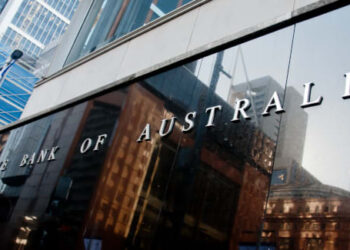HESTA has reported an annual return of 9.1 per cent for its MySuper Balanced Growth default option, observing that the strong result arose in the face of ongoing uncertainty in financial markets.
Over a 10-year horizon, from 1 July 2014 to 30 June 2024, the option has averaged an annual return of 7.62 per cent per annum.
Additionally, the fund’s High Growth option yielded a return of 11.9 per cent in financial year 2023-24.
Speaking to InvestorDaily, the fund’s head of portfolio management, Jeff Brunton, highlighted the strong performance of global equities over the past year, including the rise of AI and the Magnificent Seven.
“We were very thoughtful in making sure our weight to tech within our global equities holdings was the right amount, we didn’t want to be underweight and out of that theme, so that really helped our good performance, capturing those market returns,” he said.
This remains a “really important” thematic for long-term investors, Brunton said, noting the market cap of the Magnificent Seven now exceeds the entire US Treasury Bond market.
Over on the defensive part of the portfolio, Brunton said that Australian fixed income and cash “had a pretty good year”. However, high rates highlighted the importance of active duration positioning.
“We were a bit shorter than our benchmark duration, protecting the fund from what we thought was still a rising interest rate environment, or at least a higher-for-longer interest rate environment, [and] that rate cuts weren’t about to happen quickly in Australia or overseas markets,” he said.
According to HESTA’s chief investment officer, Sonya Sawtell-Rickson, the fund’s strong results reflect the ongoing resilience of financial markets despite the still elevated interest rates.
Among the challenges facing investors, she noted recession triggers remain “live” in Australia alongside many other developed countries, in addition to persistent volatility and relatively high valuations in many global markets.
But opportunities do exist, Sawtell-Rickson said, including those presented by the climate transition, as well as the potential productivity benefits from the adoption of AI.
“We remain focused on continuing to be nimble, including ensuring we have liquidity available if opportunities present,” Sawtell-Rickson said.
Echoing this sentiment, Brunton noted the fund has a “reasonable” weighting to cash presently and remains ready “to participate in what we see around the corner to be quite an uncertain and volatile future”.
“We generally see inflation persisting at a higher level going forward than what it’s averaged over the last decade,” he said.
“That then flows into cash rates that are a bit higher than what the market thinks in the 3–5-year horizon, and that flows onto expectations for perhaps okay returns from equities in some parts of the world, subdued returns in others, and better returns from fixed income and defensive assets as rates stay higher and bonds will continue to deliver good income.”
Looking ahead, he identified private credit and infrastructure as areas of promise, particularly in the mid-risk part of the portfolio.
“On a more tactical basis, [we’re] making that allocation to private credit at a time when interest rates will be higher than usual for longer, that will require companies, particularly in the US, to undergo a restructuring of their financial obligations,” he said, adding this means newer private credit vintages will provide “really interesting opportunities” to participate in.
Similarly, on infrastructure, he cited the asset’s ability to deliver some inflation protection, alongside allowing the fund to participate in the climate transition, particularly in the renewables space.







